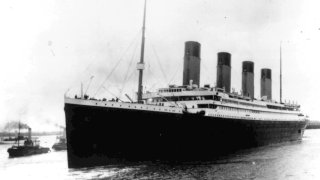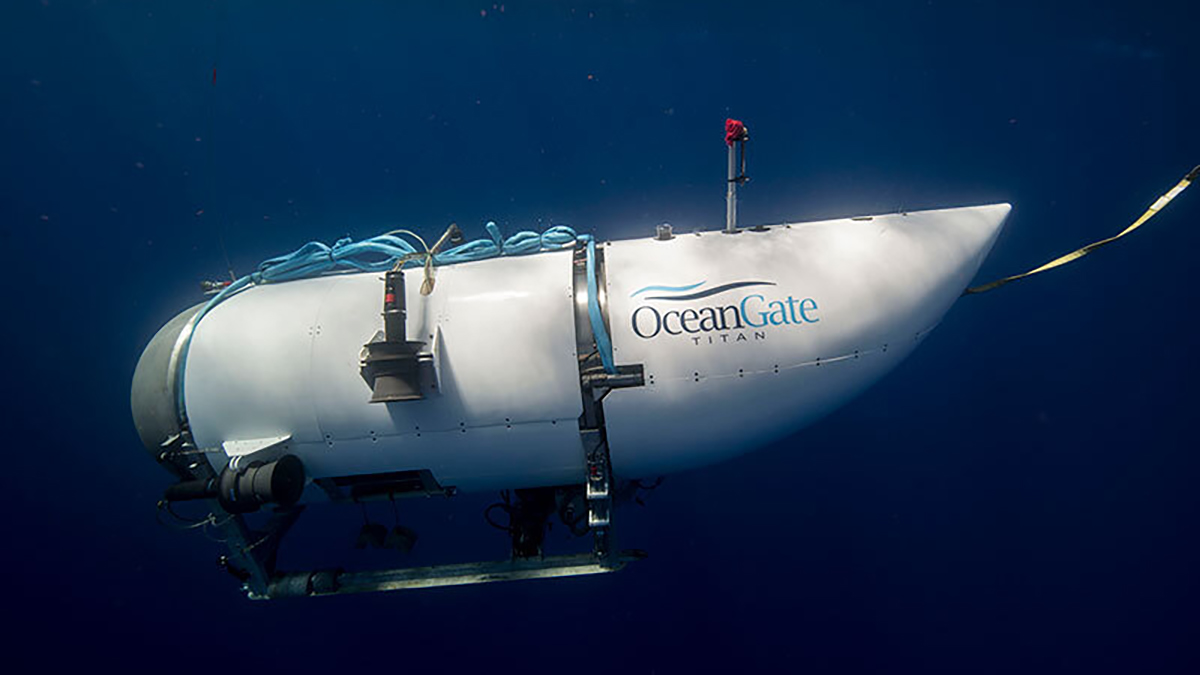
The company that owns the salvage rights to the Titanic shipwreck has cancelled plans to retrieve more artifacts from the site because the leader of the upcoming expedition died in the Titan submersible implosion, according to documents filed in a U.S. District Court on Wednesday.
The decision could impact a looming court battle between the company and the U.S. government, which has been trying to stop the 2024 mission. U.S. attorneys have said the firm's original plans to enter the ship's hull would violate a federal law that treats the wreck as a gravesite.
Watch NBC6 free wherever you are
Paul-Henri Nargeolet was the director of underwater research for RMS Titanic, Inc, the Georgia-based firm that recovers and exhibits Titanic artifacts. Nargeolet was lending his expertise to a separate company, OceanGate, when he and four others died on the Titan's final dive near the Titanic in June.
Get local news you need to know to start your day with NBC 6's News Headlines newsletter.
Before the tragic dive, RMST planned to take images inside and outside of the wreck. The firm also wanted to retrieve items from the debris field as well as freestanding objects within the sunken ocean liner.
Nargeolet was supposed to be in charge. The former French navy officer had already completed 37 dives and supervised the recovery of about 5,000 Titanic artifacts. RMST's exhibits have displayed items ranging from silverware to a piece of the ship’s hull.
The company's original 2024 expedition plan also included possibly retrieving objects from the ship’s famed Marconi room. That's where the Titanic's radio broadcast increasingly frantic distress signals after the ocean liner hit an iceberg.
The messages in Morse code were picked up by other ships and receiving stations onshore, which helped to save the lives of about 700 people who fled in life boats. There were 2,208 passengers and crew on the Titanic’s sole voyage from Southampton, England, to New York.
The company said Wednesday in its court filing that its plans now only include imaging at the wreck site and surveys to refine "future artifact recovery.”
“Out of respect for P.H. Nargeolet and his family, and the other four people who perished so recently at the site, and their families, the company has decided that artifact recovery would not be appropriate at this time,” the firm wrote.
RMST also said it will not send another crewed submersible to the Titanic until "further investigation takes place regarding the cause of the (OceanGate) tragedy." The U.S. Coast Guard is leading the probe into the Titan’s implosion.
Meanwhile, it's unclear how the change in plans could impact RMST's budding legal fight with the U.S. government. The company's filing appears to suggest that it no longer plans to enter the ship's hull, which the government said would break the law.
A hearing was still scheduled for Friday afternoon in U.S. District Court in Norfolk, Virginia, which oversees Titanic salvage matters.
“Today’s filing underscores that we take our responsibilities seriously," RMST CEO Jessica Sanders said in a statement.
"In light of the OceanGate tragedy, the loss of our dear colleague Paul-Henri ‘P.H.’ Nargeolet, and the ongoing investigation, we have opted to amend our previous filing to only conduct unmanned imaging and survey work at this time,” she said.
Lawyers for the U.S. government did not immediately respond to an email seeking comment.
The court case hinges on federal law and a pact between the U.S. and Great Britain to treat the sunken Titanic as a memorial to the more than 1,500 people who died.
In August, the U.S. argued in court filings that entering the Titanic’s severed hull — or physically altering or disturbing the wreck — is regulated by the law and its agreement with Britain. Among the government’s concerns was the possible disturbance of artifacts and any human remains that may still exist.
The company has not directly responded to the government's claims in court. But in previous cases, RMST has challenged the constitutionality of U.S. efforts to “infringe” on its salvage rights to a wreck in international waters. The firm has argued that only the court in Norfolk has jurisdiction, and points to centuries of precedent in maritime law.
In a filing with the court earlier this year, RMST said it did not plan to seek the government's permission regarding its original expedition plans. But those plans have changed.
The firm said it “will not recover artifacts at this time, nor conduct other activity that would physically alter or disturb the wreck,” the company wrote Wednesday.



